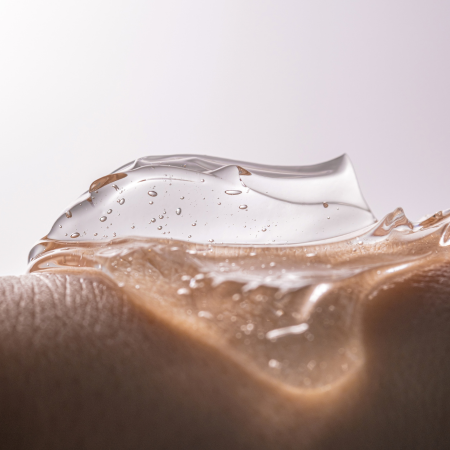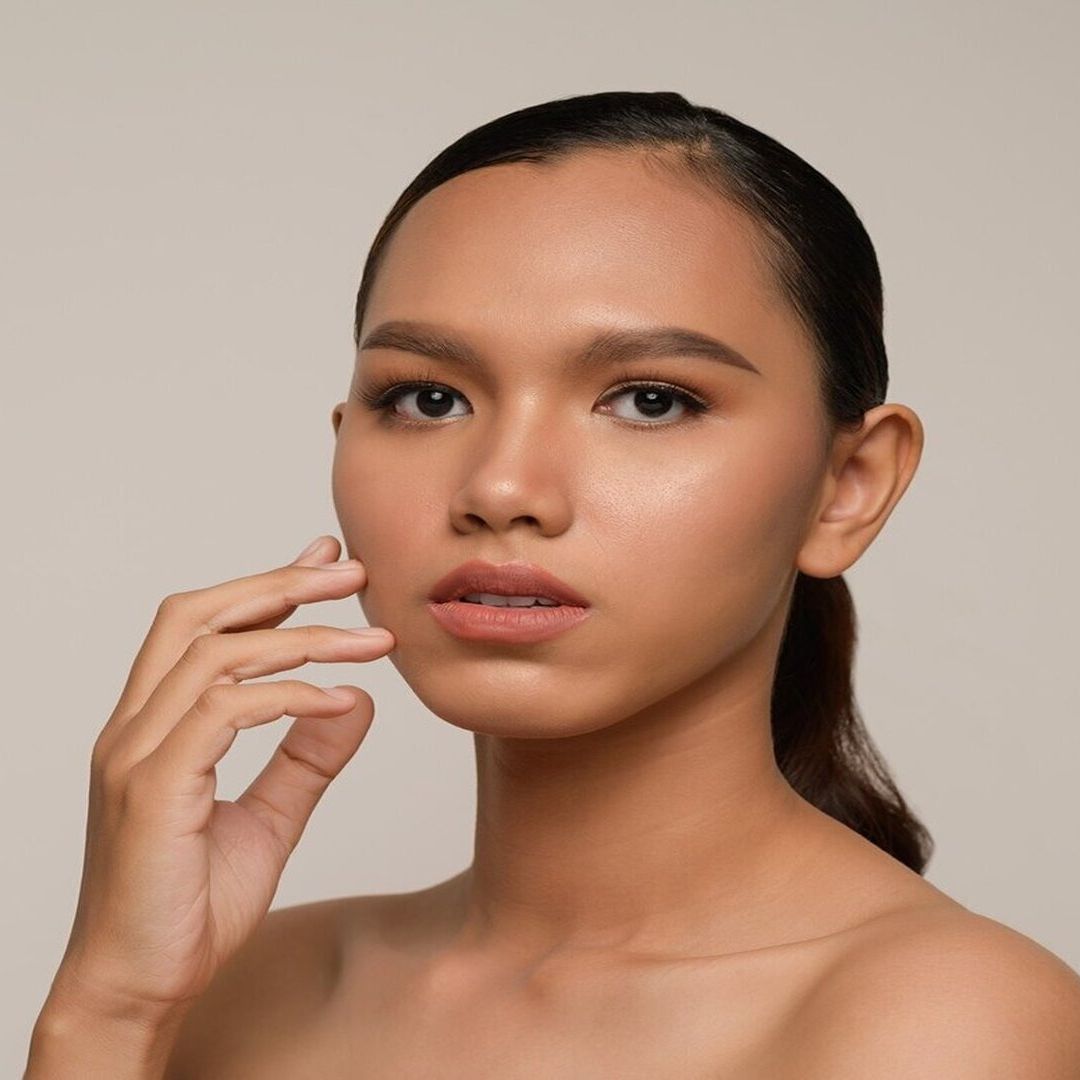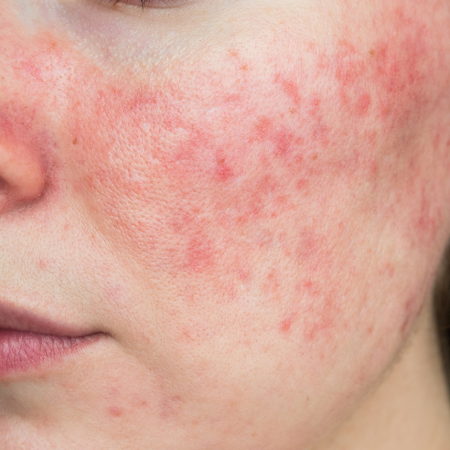What You Need to Know About Cat Eye Thread Lifts
Some people have naturally upturned eye corners and gracefully arched brows. Some of the biggest names in entertainment and fashion are sporting this look. For decades, women have attempted to achieve the cat eye or fox eye look. People have been rocking this look for years by utilizing the power of eyeliners. However, eyeliner only provides temporary results.
There is another, better way to achieve a cat-like tilt effect without makeup, thanks to innovation in medical devices. Enter the cat eye thread lift, a temporary, minimally invasive facelift procedure that uses PDO threads to produce comparable but longer-lasting results. Because the look is appealing and alluring, the internet has increased many people's interest in getting the lift.
Many people, however, question whether the hype is worthwhile. As a plastic surgeon or aesthetic provider, you must be fully informed about the procedure in order to assist your patients in making an informed decision.
What is a Cat Eye Thread Lift?
Cat eye lift, also known as a fox eye lift, is a non-surgical procedure that uses PDO suture threads to lift the upper eyelids, lateral eyebrows, and temple. It is a low-risk in-office procedure than a more complicated, costly, and risky surgical brow lift. To shape the eyes like an almond or a cat, PDO threads are generally inserted below the brows and pulled and anchored near the hairline.
Why PDO Threads Are Used in Cat Eye Thread Lift
Polydioxanone threads, also known as PDO threads, have been used as surgical sutures in cardiovascular and orthopedic surgeries for over 30 years. Within the last twenty years, plastic surgery experts in South Korea discovered its use in aesthetic medicine. While the application is newer, the concept behind PDO threads has been around for a long time.
The threads are excellent for eyelid thread lifts because they assist in lifting sagging or loose skin. The polydioxanone threads provide the necessary support while also encouraging collagen production.
The result is brow fullness and increased skin volume, which improves the definition around the patient's outer corners of the eyes. It is important to note that PDO is nonpyrogenic and non-antigenic, making it a safe suture material for insertion. Additionally, PDO elicits positive changes to the surrounding tissues that result in the stimulation of collagen production, a fibrous merging effect, tissue contracture, and an improved vascular environment.
Who is a Good Candidate for a Cat Eye Lift?
PDO thread lift procedures require that the patient is in generally good health and has healthy skin. This procedure is also recommended for patients with minimal to moderate skin laxity. Patients should consult with their plastic surgeons to ensure they are good candidates for PDO threads. Thread lifting treatments are not recommended for people who have blood clotting disorders, an acute infection, or keloid scars.
Cat eye lifts can be performed on patients in their early 20s, as long as they do not have excessive sagging skin. However, most people who are interested in cat eye lifts fall into one of two categories:
- Younger people in their 20s and 30s looking to change the shape of their eyebrows or achieve the cat eye look
- Mature people in their 40s and above are looking to improve their appearance by reducing the appearance of wrinkles, sagging eyelids, and noticeable lines.
How Long Does a Cat Eye Thread Lift Last?
After six to eight months, PDO threads will dissolve, but the results can last for up to one year as the threads can help stimulate collagen production in the skin. The length of retention varies from person to person. The quality and type of threads you use for the procedure will also affect how long they last. After a few months, your patients should expect the treatment effects to fade. At this point, patients can choose to repeat the procedure or seek alternative treatments that produce comparable results.
Is The Procedure Painful?
The procedure is a minimally invasive procedure, which means there is no skin incision, surgery, or stitches involved. To place the PDO threads, tiny punctures are made in the hairline or brows with a very thin cannula. To make the procedure more comfortable, local anesthesia such as lidocaine is applied. Patients should also discuss which type of local anesthesia is best for their specific procedures.
The results are immediately visible, and one can resume normal activity for the most part following the procedure. In terms of side effects, the skin on the face can be bunched or puckered following the procedure. However, it generally subsides after a week. To keep the threads in place, patients should avoid strenuous exercise and limit their facial expressions for at least two weeks. After three weeks, any visible signs of the procedures should be gone.
What Patients Should Expect After the Procedure
Just like any other surgical procedure, patients should expect some downtime to enable a quick recovery process. After the procedure, a patient may experience:
- Numbness, swelling, temporary bruising, tightness, and tenderness of the skin near the treatment area
- Mild headaches, which may continue up to a few weeks postoperatively
If your patient smokes, they should quit at least two weeks before the procedure and avoid drinking alcoholic beverages before and after surgery. Tobacco use can impede proper healing and lead to complications during or after the procedure.
Benefits of Cat Eye Lift
- Natural-looking results
- Stimulates elastin and collagen production
- No incision and minimal to no scarring
- Improves skin texture, tone, and elasticity
- Rejuvenated, younger-looking skin
- Minimal downtime
- Reduces the appearance of wrinkles and fine lines
- Helps to reduce the sagging of the upper eyelid
- Helps to achieve natural beauty without surgery
-
PDO Threads for Cat Eye Thread Lift
MINT (Minimally Invasive Nonsurgical Thread) is the first PDO thread to have dual FDA clearance and made using innovative technology that is patented in 10 countries worldwide. It is helpful for cat eye thread procedures because it causes a minimal amount of tissue trauma and tissue reaction. MINT PDO is one of the few PDO threads in the market to have been clinically studied for its safety and efficacy. There are more than 6 years of published articles and journals to back up the benefits that MINT has to offer. Visit us or call us today!




